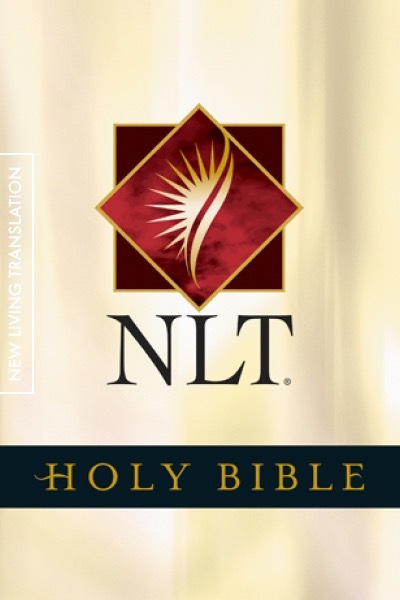

Bibles that fall in this camp are would be the NLT and NIV. Its goal is to make the text easy to read and easier to understand. Functional Equivalencefocuses on a thought-for-thought (Dynamic equivalence) translation. Bibles that fall under the formal equivalence philosophy would be the ESV, KJV, and NASB.Ģ. Formal Equivalence focuses on translating word-for-word and strives to be as literal as possible. There are 3 main philosophies: formal equivalence, functional equivalence, and optimal equivalence.ġ. Once the manuscript families are determined for the translation of the Bible, translators need to decide what translation philosophy they will follow. Rather than looking for a collective majority, the Alexandrian text type looks mainly at the date of the manuscript and the region of the world it’s from.The Byzantine text type looks at all the manuscripts and determines the final reading by what the majority of the manuscripts say.Scholars have divided these ancient manuscripts into two main families: Alexandrian text-type (also called Neutral or Egyptian) and Byzantine text-type (also called the Majority Text). The fragment dates no later than AD 150 and as early as AD 100. The Oldest papyrus fragment is in England at the John Rylands Library of Manchester University called, P52. There are over 5,800 Greek New Testament manuscripts known to date, along with over 10,000 Hebrew Old Testament manuscripts and over 19,000 copies in Syriac, Coptic, Latin, and Aramaic languages. One of the reasons we see different versions of the Bible is because of the number of manuscripts available.

Many Bible Versions from Many Manuscripts


 0 kommentar(er)
0 kommentar(er)
